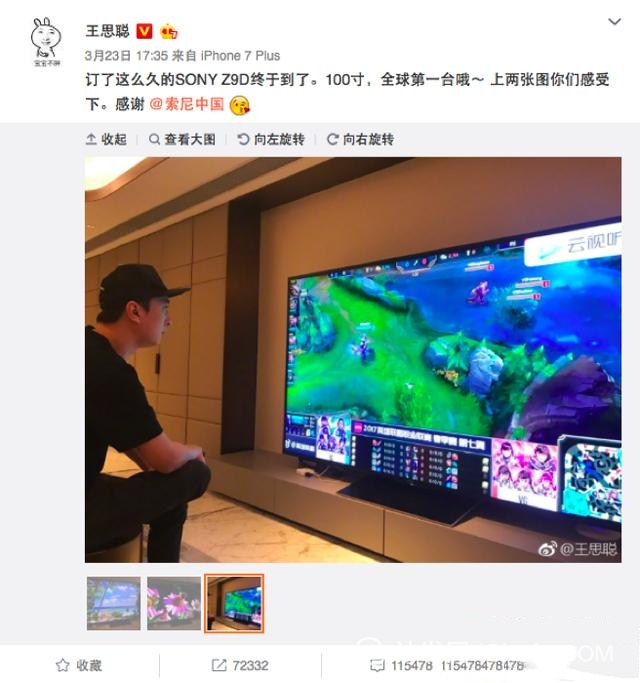
But is it really appropriate to purchase this Sony TV at such an expensive price? Hisense gave a negative answer.
Hisense has always been very fond of super-large-screen TVs, to meet the user's dream of a theater without leaving home, is Hisense has always been the pursuit. At the same time, for the liquid crystal super-large screen solution whose cutting process is not yet mature, Hisense's respected laser television technology seems more down-to-earth.
Compared to the Sony Z9D, which is also a 100-inch 4K large-screen TV, Hisense DLP ultra-short-focus laser TV sells for only 70,000 yuan. Moreover, in the installation and handling, Hisense laser TV industry is also much easier.
Indeed, in the light of the higher requirements imposed by users on TV size, laser projection TVs have achieved a delicate balance in price and effect, and the high cost of LCD TVs is difficult to control without substantial progress in technology.
The curtain of liquid crystal and plasma wars was opened more than ten years ago and it is now settled. However, the industry generally believes that the television market has now once again stood at the crossroads of the technological revolution.
Advance into the big screen era Hisense betting laser TV
In the previous Hisense DLP ultra-short focus 4K laser television conference, Gao Yuling, general manager of Hisense Laser Theater Division, said that everyone has two home dreams, has a private pool, and a home theater that can be watched at any time. Hisense laser TV is dedicated to the latter.
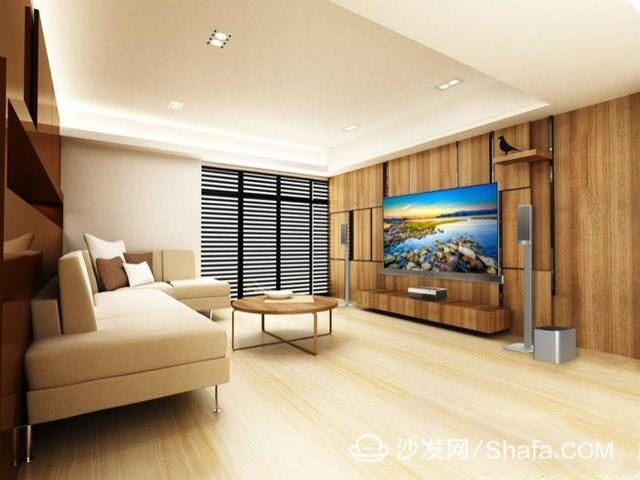
It can be seen that Hisense's interpretation of the needs of users in the new era shows that user demand for television has started to focus more on size growth.
The big screen, it is the advantage of projection technology. In the absence of a breakthrough in the manufacturing and cutting process of LCD large-size substrates, LCD TVs have been unable to compare with the projected screen size and price. The difficulties in installing large-size TVs are as difficult to ignore. The footage of the 120-inch TVs sent by cranes to the apartment building where the glass was removed is still impressive.

Of course, the principle is limited. The projection technology is greatly affected by the ambient light, and the display effect is also not too different from the liquid crystal. As a result, projections are more often used in business presentations and other fields, but it is difficult to truly open up the situation in the home consumer market.
The arrival of laser television is expected to change the status quo. Laser TV not only theoretically reversed the problem of poor projection and color gamut performance of traditional projection technology compared to LCD TVs. The lamp life also has the performance to compete with LCD TVs. The distance of only a half meter of ultra-short projection is even greater. Makes its installation easier than traditional projection instruments.
In the color TV industry intensified competition, profitability decline today, laser television in the inheritance of the advantages of large screen projection, but also expected to close the gap between the display effect and LCD, so by Hisense becomes the future of television display technology, it is not enough Strange.
The only way to form a laser on the road is Hisense.
Hisense’s approach to television technology is: CRT is the first generation of display technology, LCD and PDP are the second generation, OLED is an extension of the first generation technology, and laser is the third generation.
In this way, Hisense not only regards the laser as the only future technology, but also confuses the current hot technology OLED with the ancient CRT technology, as if the emergence of OLED technology is in the "historical reversal", apparently and factually. Inconsistent.
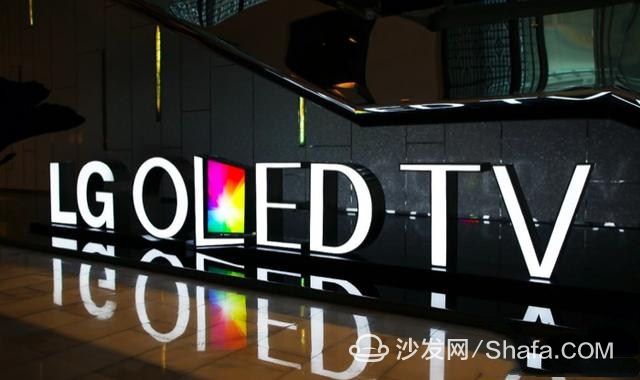
In fact, the emergence of LCD ceilings today, while the display technology developed at the same time have OLEDs represented by LG, quantum dots represented by Samsung, and Hisense's laser projection technology.
It is worth mentioning that the so-called quantum dot TVs currently on the market are all variant LCD TVs using quantum dot backlight LCD panels. This is because the key technology of quantum dot TV in the ideal state, electroluminescent quantum dots, has not yet landed. Therefore, although Samsung, TCL, Sharp, and other vendors are planning early, the future of Quantum-dot TV is still not clear.
Between OLED and laser TV, LG, Skyworth, Konka and other manufacturers are looking at the future development of better OLED technology, although large-screen OLED still has a series of problems such as difficult production, high cost, and low yield rate. However, with the increase in market acceptance, these problems are slowly being solved.
In contrast, even if there are Changhong, TCL, and other brands in the laser display camp, they will be deployed. However, only those who believe that laser television is the future development route are Hisense.
The “China OLED Industry Alliance†established in September last year included the global mainstream color TV companies. On December 9, 2015, Hisense initiated the “China Laser Cinema TV Industry Ecology Alliance†and only Hisense’s color TV companies participated. .
As the saying goes, “The truth is in the hands of a few people,†is laser display technology that is loved by Hisense alone, will it be the future?
The past and present of laser television
The concept of laser television is now under the banner of Hisense, and is known to more and more people. But in fact laser TV is not a fresh technology.

As early as ten years ago, the concept of laser television was proposed by the Japanese plant that started with Mitsubishi and Sony. In 2005, Sony demonstrated a 500-square-meter giant laser theater and successively launched several laser televisions in the next few years. It is predicted that laser television will enter a rapid growth period in 2012 and be replaced in 2015. LCD TV.
Of course, we all know the outcome, the final laser television in the war with the liquid crystal and plasma defeated, when the leading laser TV Sony, Mitsubishi, Samsung and other manufacturers have suddenly left before and after 13 years.
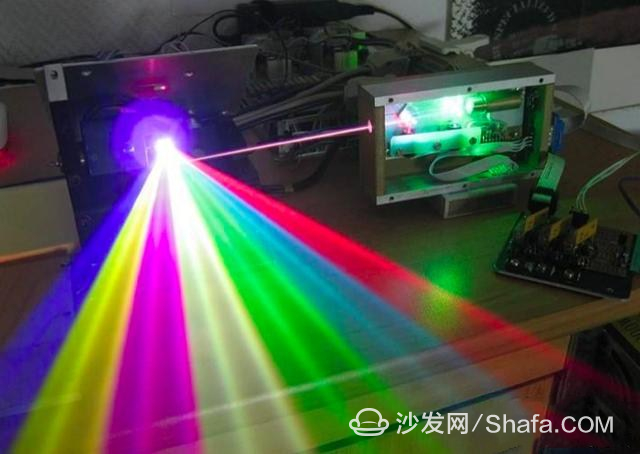
Today, Hisense's main push of the laser TV is slightly different from the previous laser technology. It separates the main unit from the screen and uses a monochromatic blue laser to image the ultra-short-focus lens by exciting the phosphor. This successfully resolves the past. Disadvantages of heat dissipation and burn-in, and effectively reducing costs.
However, such technological changes also mean that new laser televisions have to face the inherent problems of projection technology. It should be noted that these defects make the projection technology always difficult to be applied in the television field, and it is also why the projector cannot be called a projection television.
Although Hisense's laser television abandoned the traditional projection of the white curtain, instead of using a combination of a variety of materials technology, coating technology, optical lens micro-lens made of the principle of the metal screen, in order to reduce the impact of ambient light and enhance the picture. It is also true that Hisense’s propaganda has made laser TVs perform well in the theoretical NTSC color gamut.
But unfortunately, compared with LCD TVs with their own backlight, Hisense laser TVs still have a wide gap in their actual perception. They are easily affected by the ambient light and the lower viewing angles are still their flaws. Each time Hisense promotes laser television, the experience room has to be made into the darkroom.
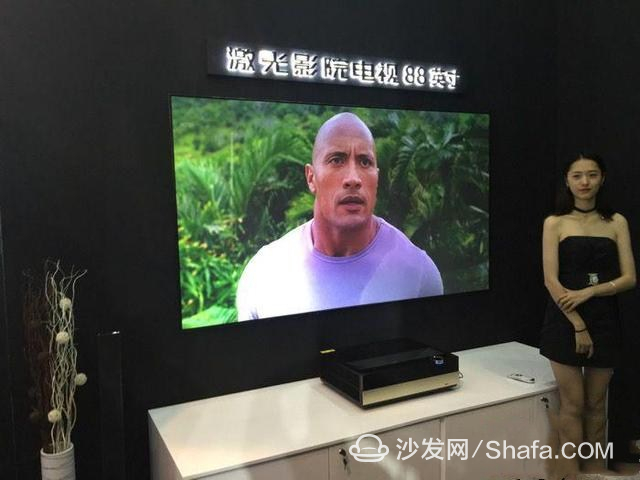
Why laser TV is just a plan for delaying Hisense?
Even if it is compared with the current LCD, Hisense's laser TV is also more than inadequate, not to mention compared with the OLED industry as the future. The factors that hinder the popularization of OLEDs today are more concentrated on the high prices caused by yield problems. In terms of display effects, OLEDs have the principle-level advantages. With the increasing yield rate, it can be predicted that the price of OLED TVs will continue to decline.
At the same time, OLED and LCD screen size have also made a breakthrough step by step. As the only advantage size of Hisense laser TV, it also faces challenges. What's more, compared to the huge screen of short-term visual stimuli, consumers' pursuit of picture effects will be more long-term, especially for high-end consumers who are willing to invest in TVs, such as Wang Sicong.
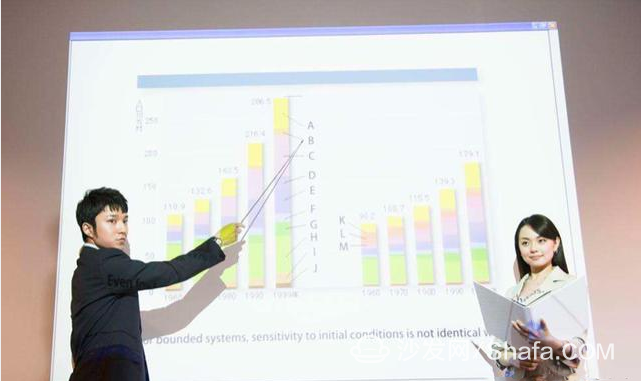
Compromise in the display effect, and instead pursue the screen size, which is in line with the display needs of some business occasions, but it is difficult to please home users.
So why does Hisense insist on promoting laser TV all the time?
The answer may be to avoid the high risks brought about by technical investment.
Different from TCL and Skyworth, which have a positive strategic layout in the upstream, Hisense does not have R&D advantages in LCDs, OLEDs and even quantum dots. Therefore, Hisense has invested more in panels outside the panel in the technical field. Hisense's ULED is a software-optimized solution that improves the backlight module, and laser televisions do not even require a panel.
Rejecting OLED, sticking to ULED and laser, certainly not because of Hisense's short-sightedness in technology, but it is more likely that Hisense will adopt a conservative wait-and-see attitude toward future technology. As for the fundamental reason why Hisense has adopted strategic conservatives, an industry insider who declined to be named stated that it was because of the nearly 60-year-old leader Zhou Houjian. “The color TV competition is fierce and the market is in danger. Before Zhou Houjian’s retirement, it is not allowed for Hisense. adventurous."
At present, the color TV market is not only in the period of reshuffling of technological innovation. Internetization, smart fever, market saturation, and rising raw materials are all testing the viability of TV companies. Under the new environment, the core technology in the upstream voice and hardware will become the ticket for the TV companies to reach the other side.
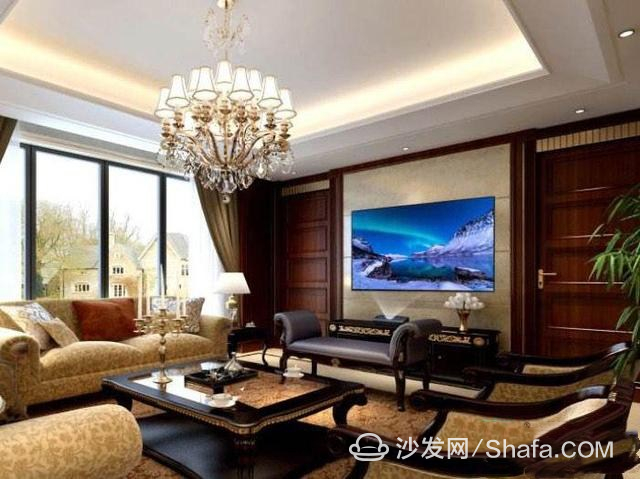
It is undeniable that Matsushita and Changhong paid for the plasma in the last technological revolution. They paid a terrible price, but at the same time, Sony, which holds Teli's disdain for the LCD, will hand over Samsung and LG in the future. The problem for Hisense is that the laser TV will be the next LCD, plasma, or Trinitron?
Smart TV/box information can focus on smart TV information network sofa butler (http://), China's influential TV box and smart TV website, providing information, communication, etc. on TV boxes, smart TVs, smart TV software, etc. Answering questions.Best Rechargeable Vacuum Cleaner,Rechargeable Hand Vacuum Cleaner,Small Rechargeable Vacuum Cleaner,Cordless Rechargeable Vacuum Cleaner
Ningbo ATAP Electric Appliance Co.,Ltd , https://www.atap-airfryer.com
